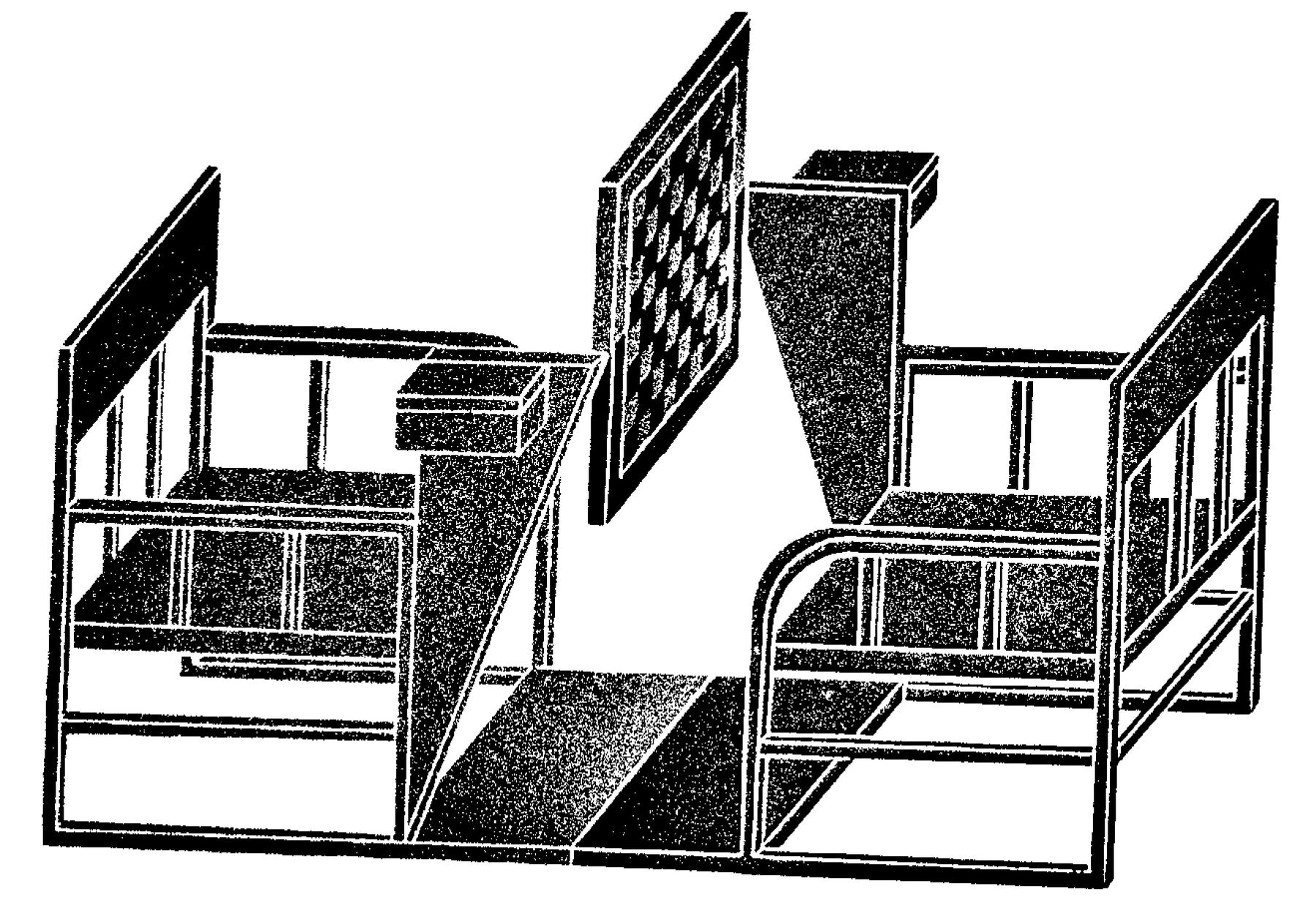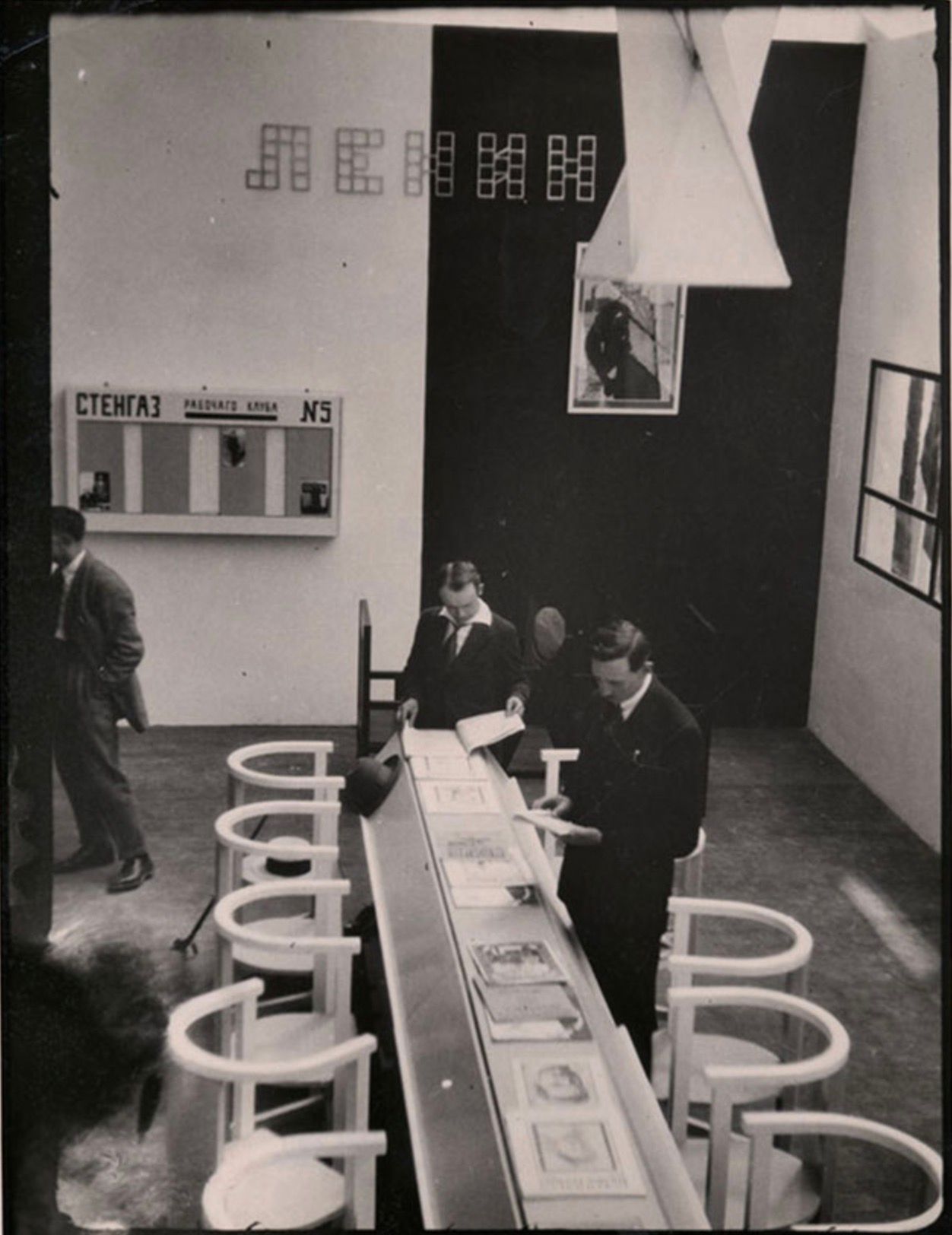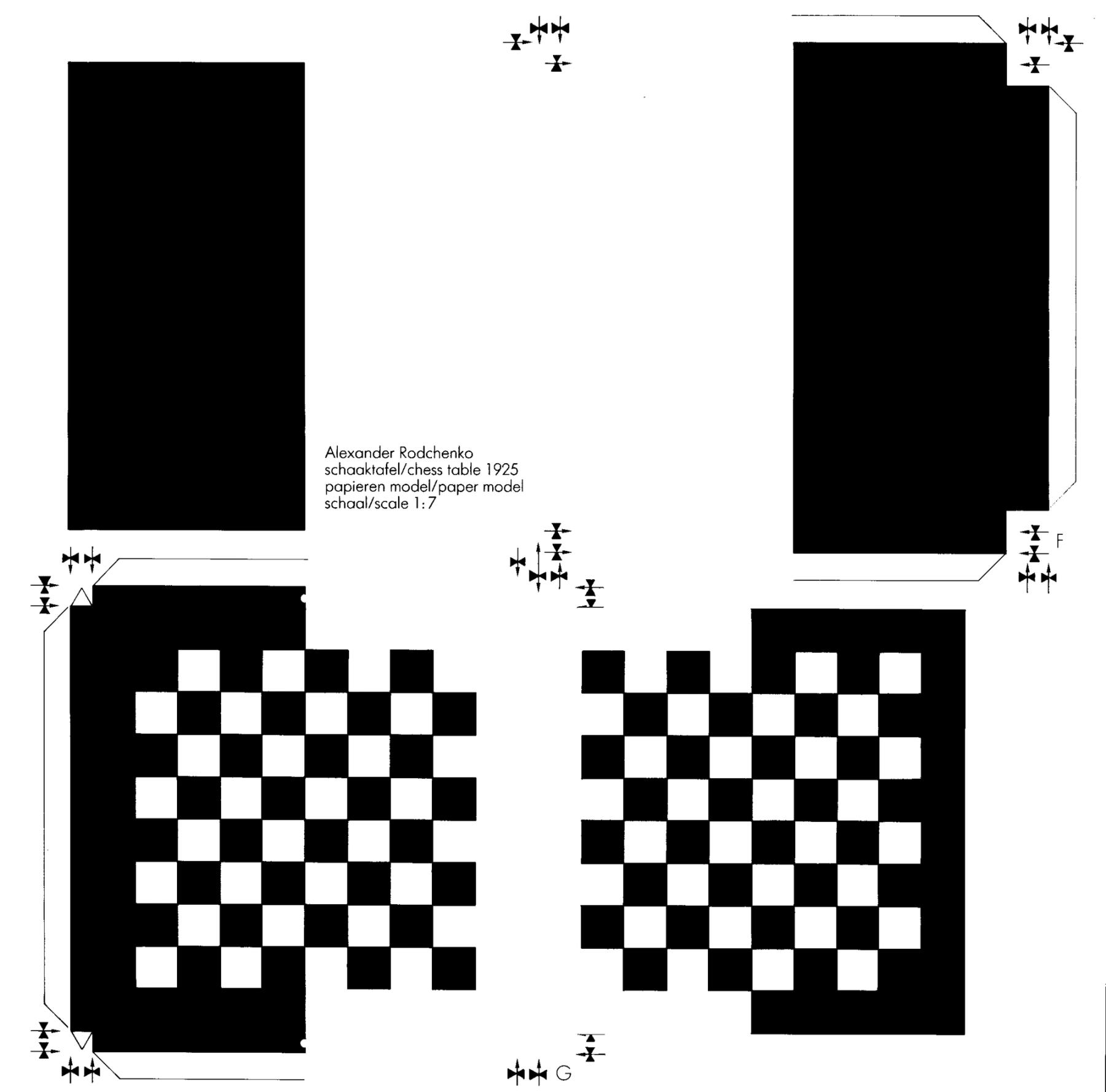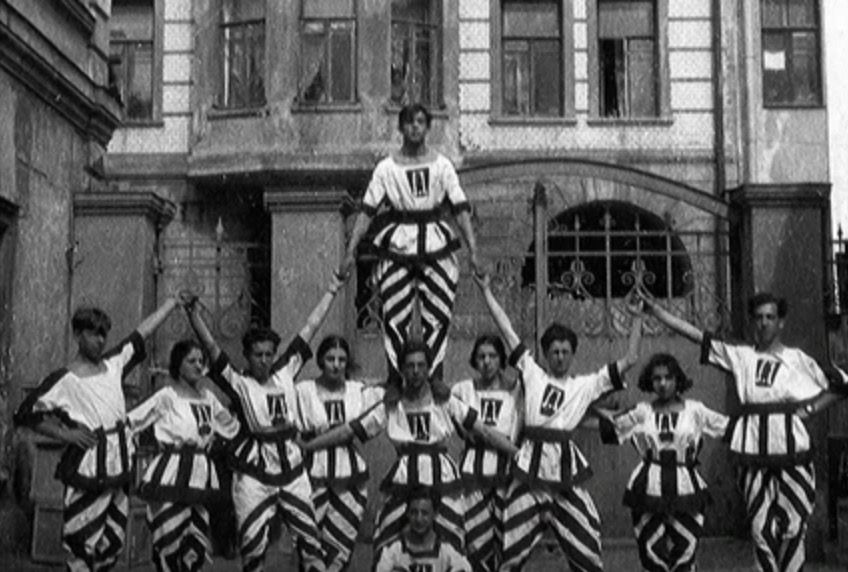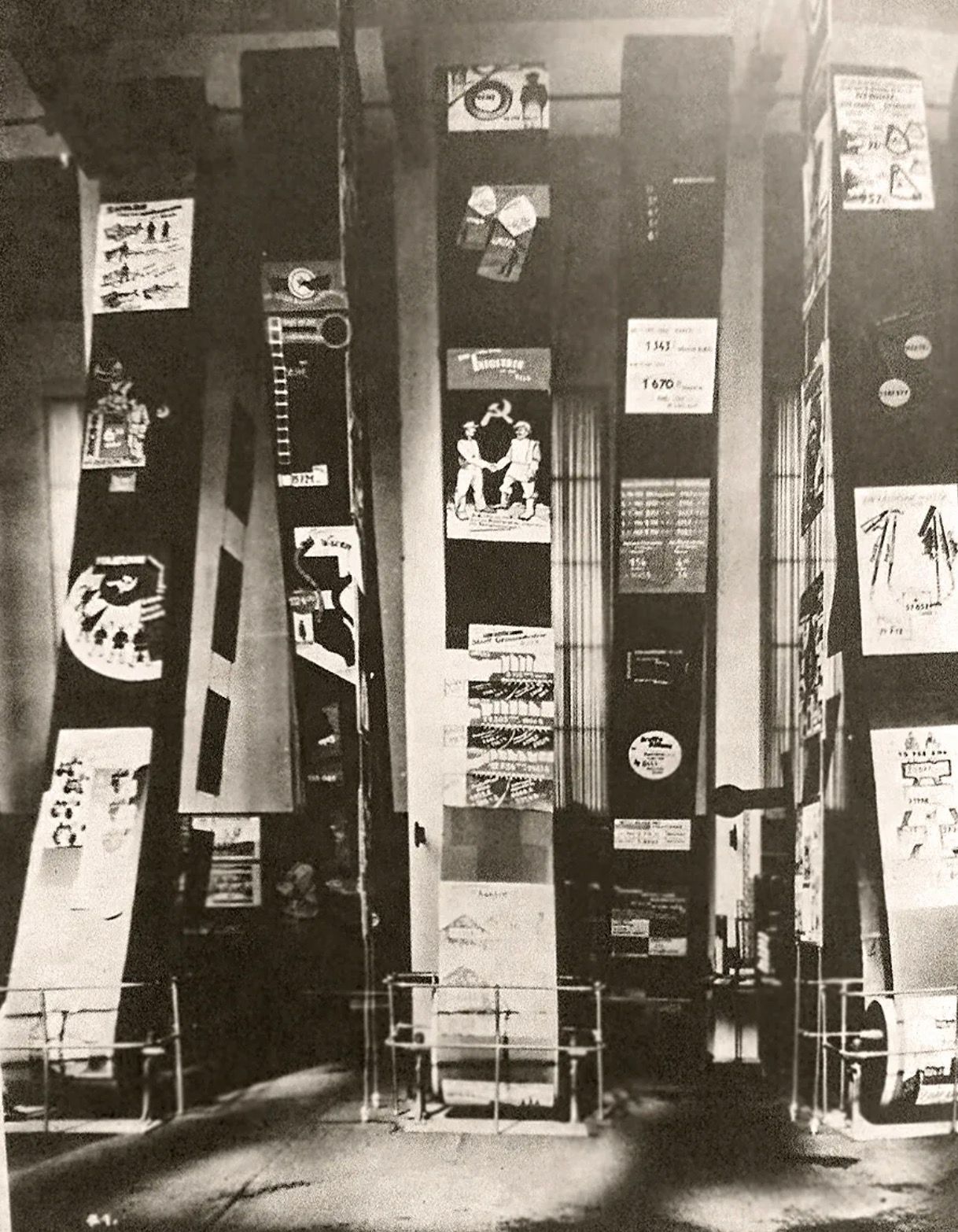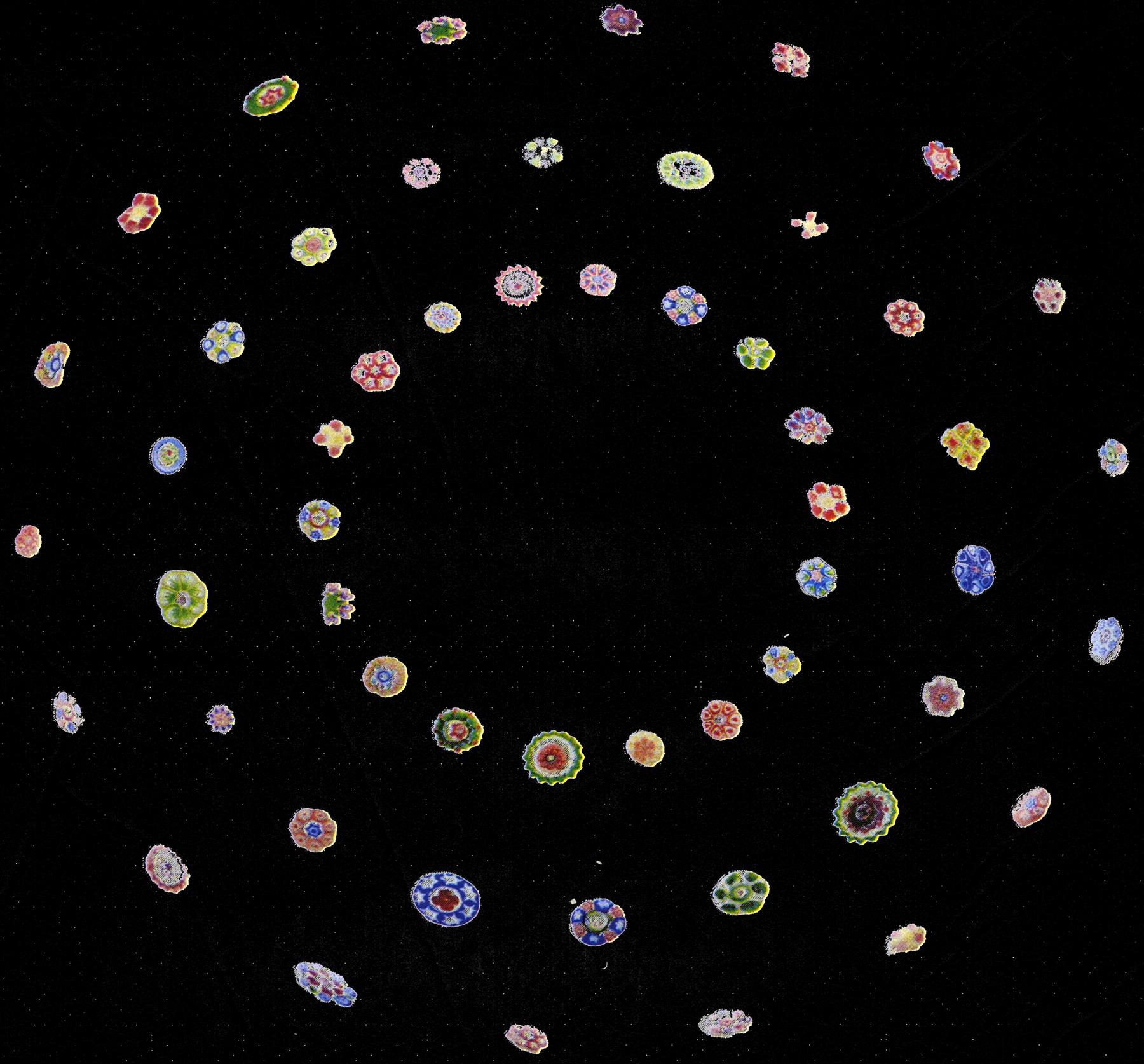Workers’ Club
Alexander Rodchenko • 1925
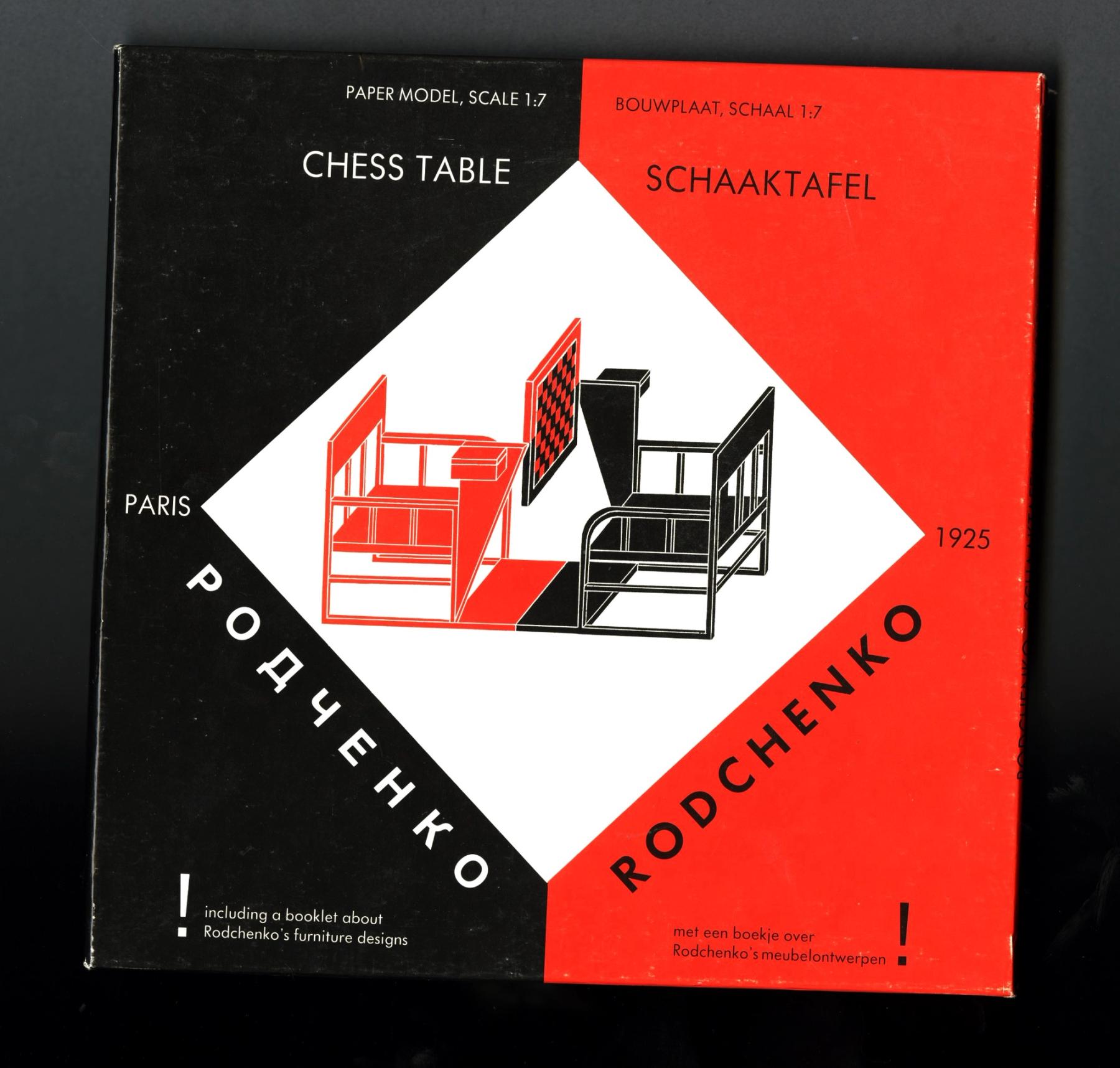




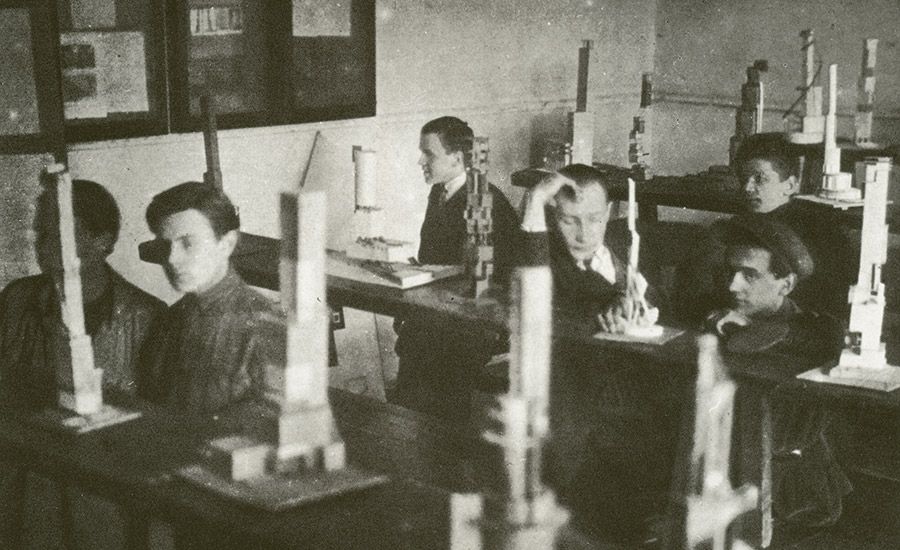
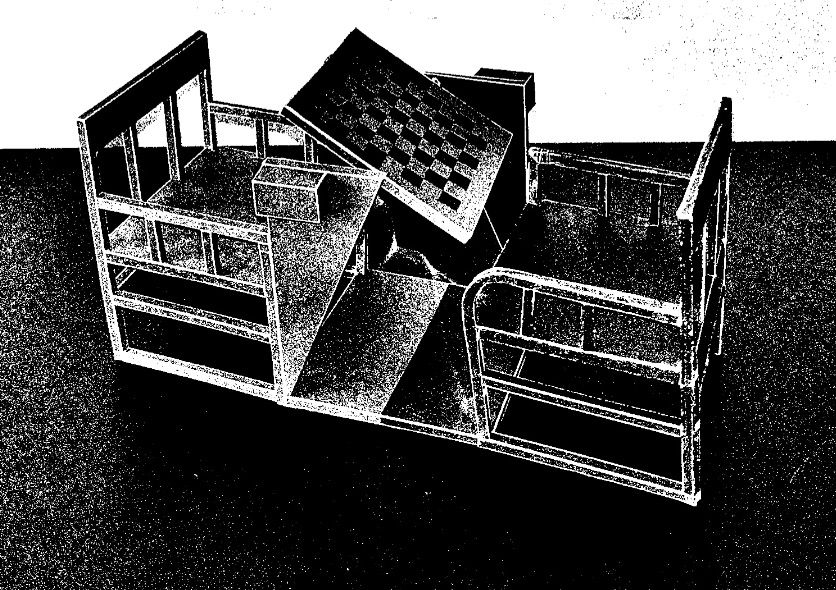
A The chess table B was part of the first constructivist interior, a model room for a Workers’ Club. It was designed and executed by Rodchenko for the Exposition internationale des arts décoratifs et industriels modernes’ in Paris in 1925.
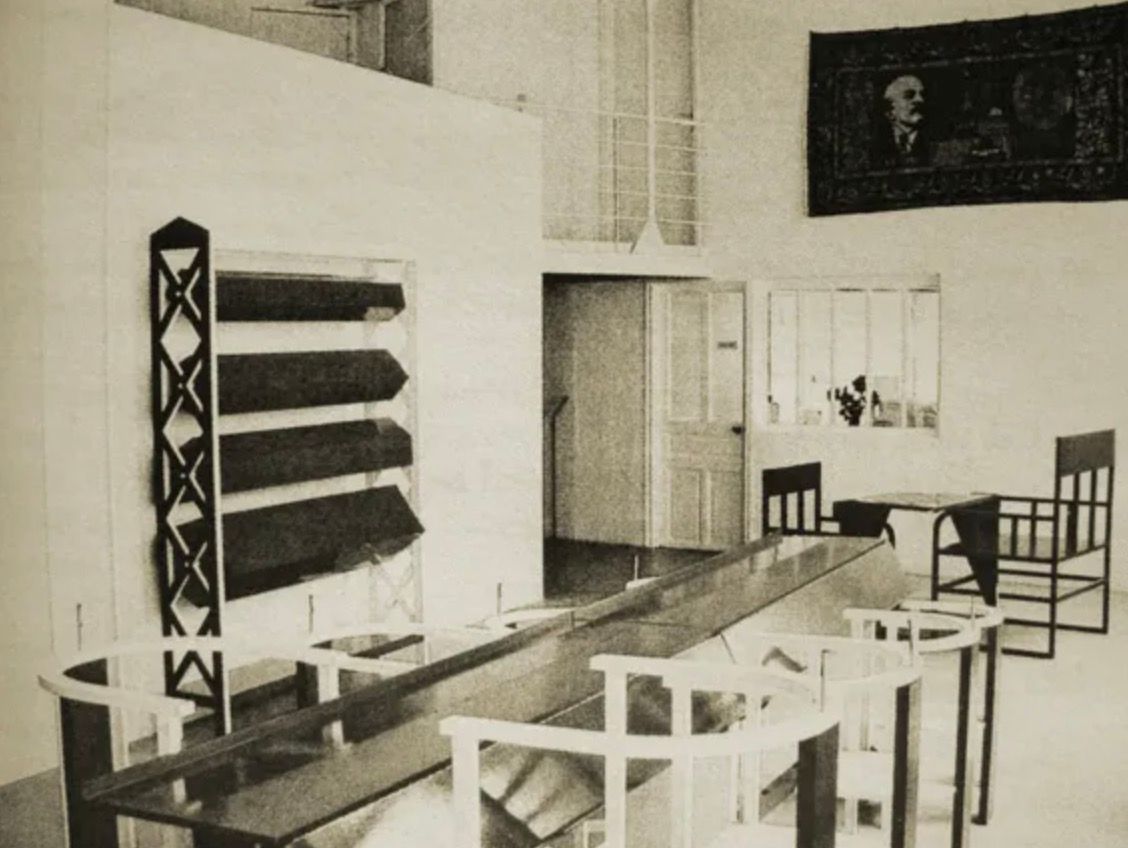
The Club had to reflect something of the new communist way of life and be designed in such a way that various activities could take place in a relatively small space.
Rodchenko The basic requirements that I have singled out in the work on each object for the Workers’ Club are:
(1) economy in the use of floor sections in the club room and economy in the space taken up by an object so as to get the best possible use out of the object itself; (2) simplicity in the use of the object and its standardization, should be necessary to expand or increase the number of its various parts. D
Starting out from these requirements, almost all the objects have been constructed according to a principle of mobility, making it possible to use each object and then replace it when no longer in use. In my opinion this is a principle which is typical of the production of modern objects. I have been working along these lines for five years in the Faculty of Metalwork of Vkhutemas and the last two years have shown that an object designed for its dynamism has a larger number of potential uses and is better suited to modern living conditions.
The result was a small room which held about 30 people E and could be used for lectures, political meetings, film and theater performances, and in which one could read, F play games and relax.
On one side was a small dismountable platform with a dais and a screen. A platform underneath could be pulled out and used for a play. The folding partition served as a “curtain’. Central was the reading table of which the side tops could be folded down. A small cabinet along the wall contained horizontally rotating, hexagonal cylinders on which photographs could be displayed. Finally, the chess table constituted a unit with the chairs which could be moved out of the way like a sleigh. The chessboard G could be tilted and the H players could only rise from their seats (and so resign the game) or sit down when the board was in a vertical position. All this furniture was made of wood, and just like the walls and furnishing, painted grey, red, black and white. The floor was black.
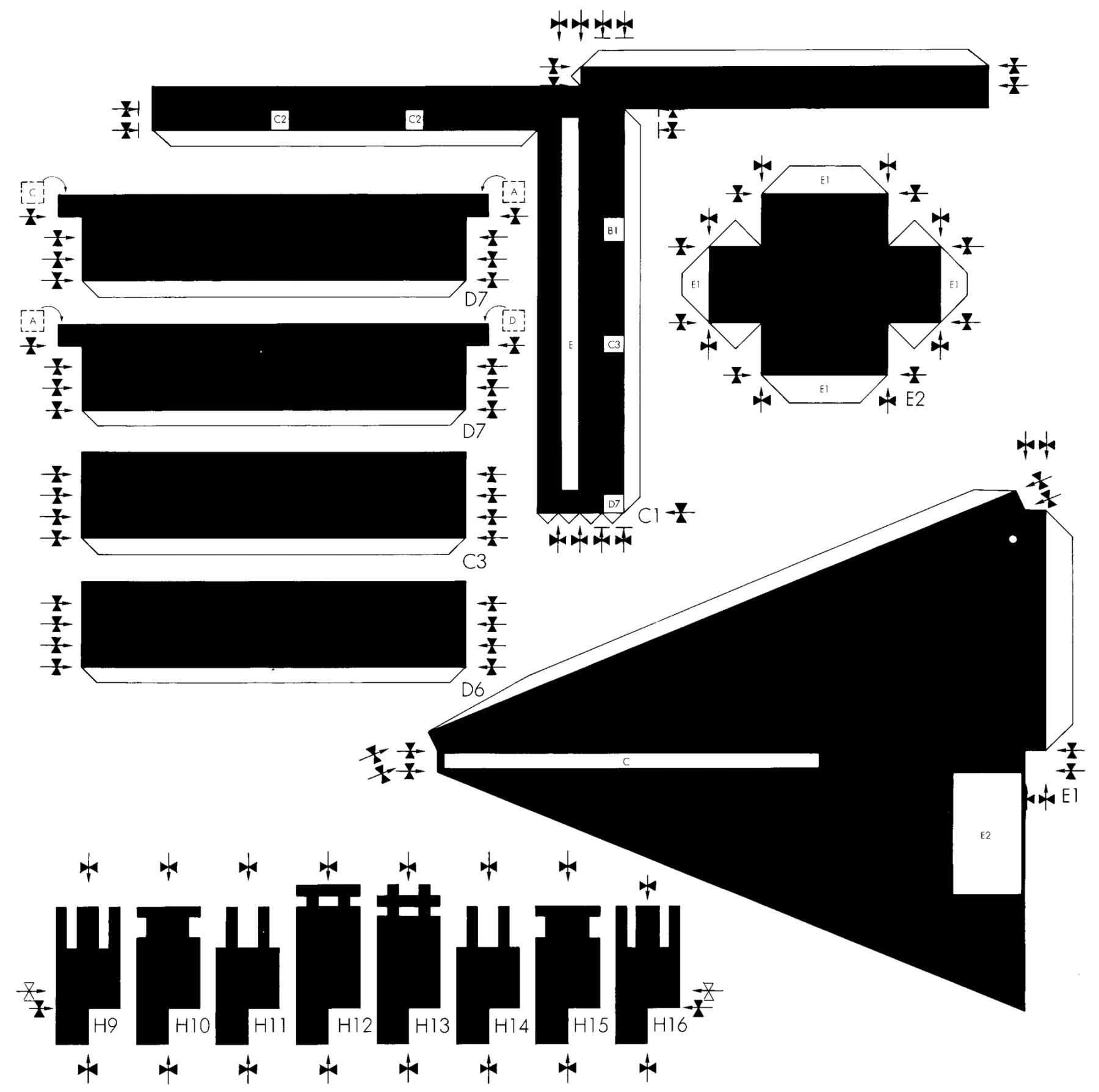
Rodchenko got the commission to design this Club (and the interior of the other rooms of the Soviet Union) through the poet Mayakovsky. They had met a few years previously and had made many bill boards and the like (Mayakovsky thought up the text Rodchenko did the design). Part of this work was exhibited in the Club together with other graphic work by Rodchenko and his first photographs.
In the exhibition spaces of the Soviet Union also the works of other constructivists were on show: Of Popova and Stepanova (garments, J printed fabrics and models for stage sets), Ginsberg and the Vesnin brothers (architectural models) and Tatlin (a monument for the Third International). The training programs and products of the Vkhutemas, K too, were quite interesting. The products on show of this training for ‘artist-constructors’ were examples of industrial design rather than of applied art and was called production art.
This was the first time that these developments of Soviet art were exhibited so widely in Western Europe. It made a marked impression. L Not surprisingly, most of it was shown once more in Paris, at the Paris-Moscow exhibition (1979, Centre Pompidou) including a complete reconstruction of the Workers’ Club. (After the exhibition the original interior was donated to the French Communist Party but it was destroyed in World War II.) M
